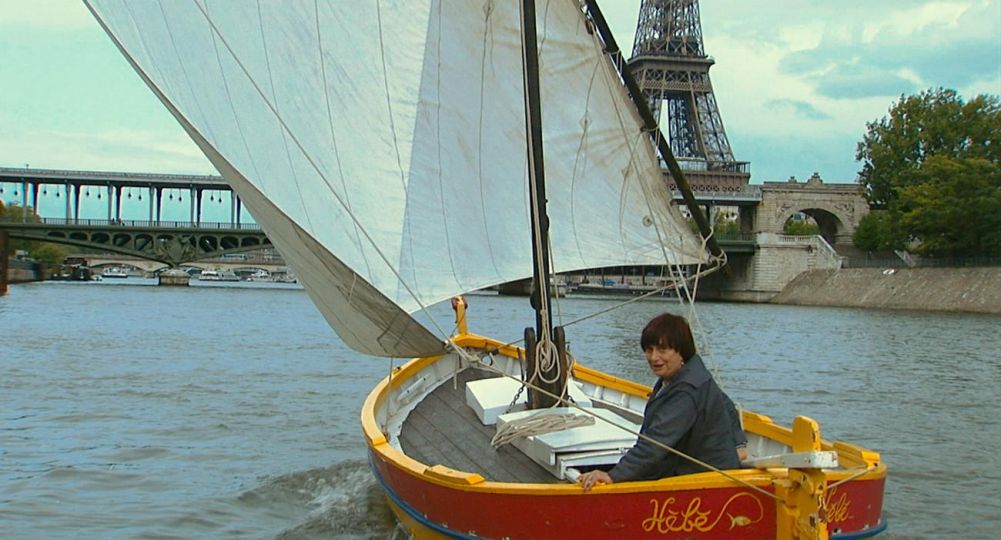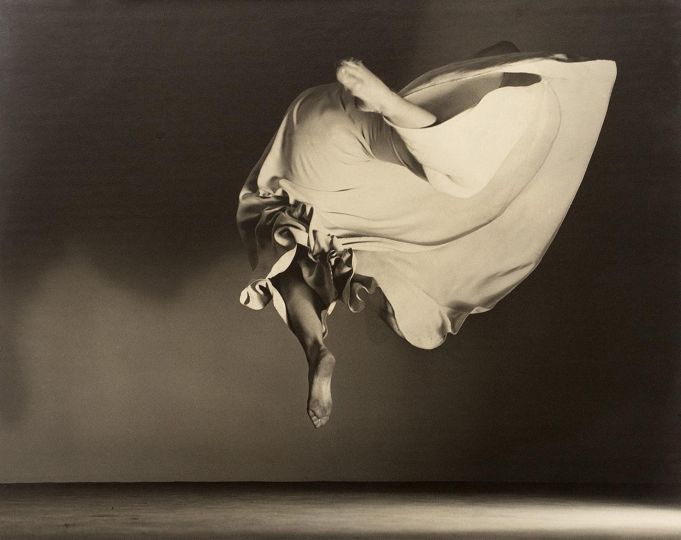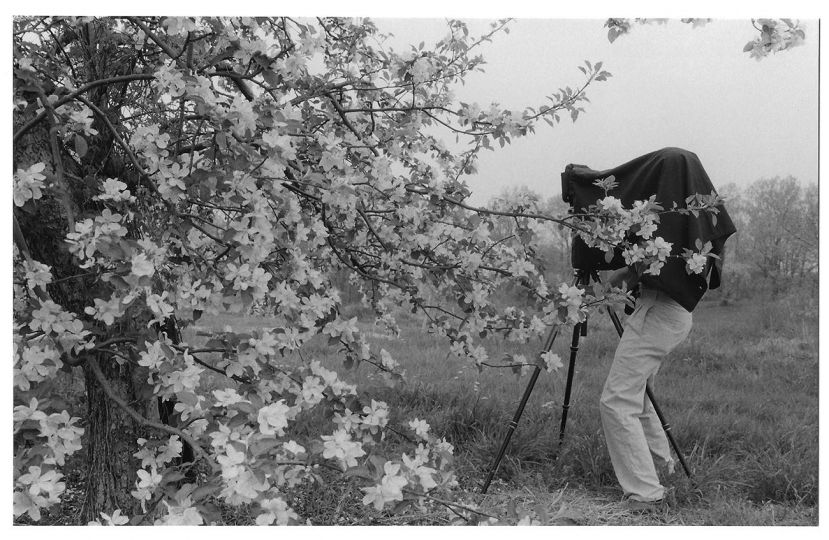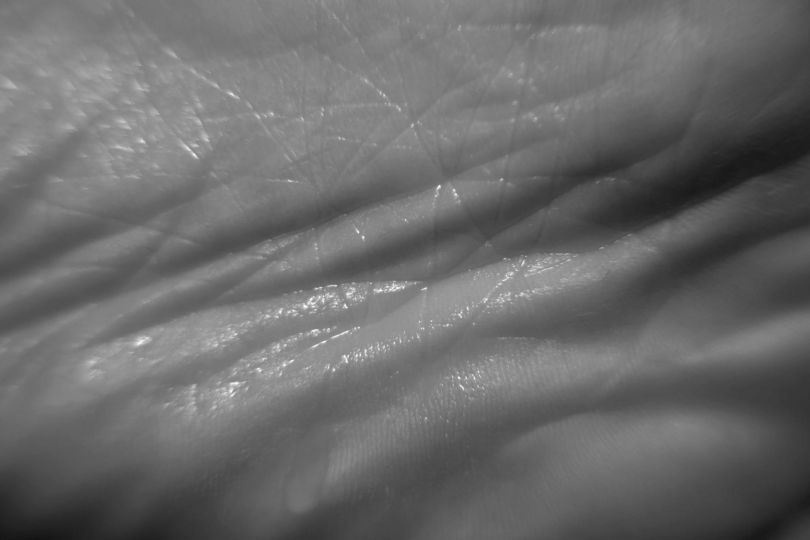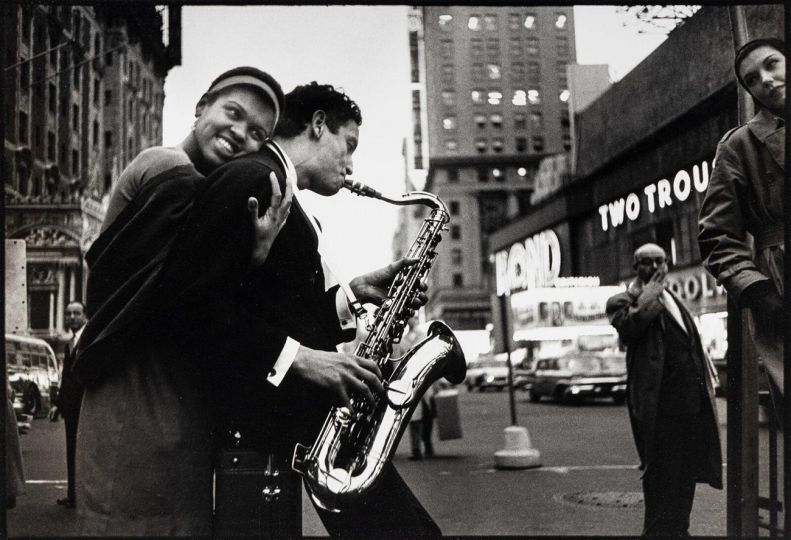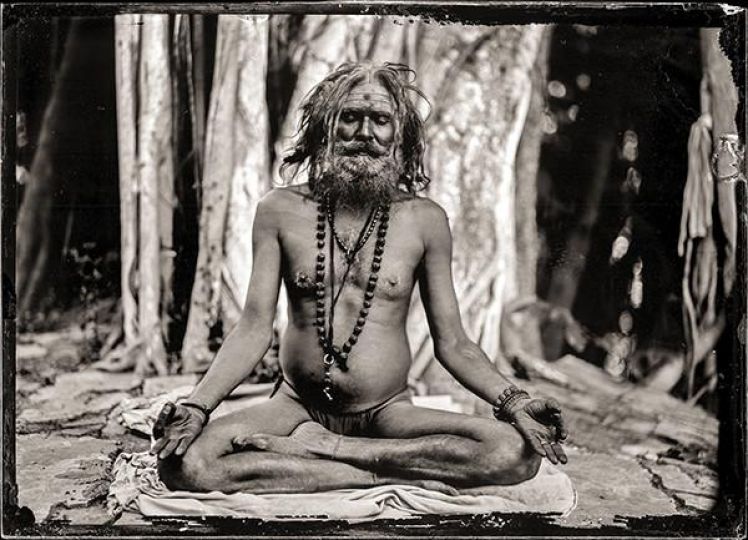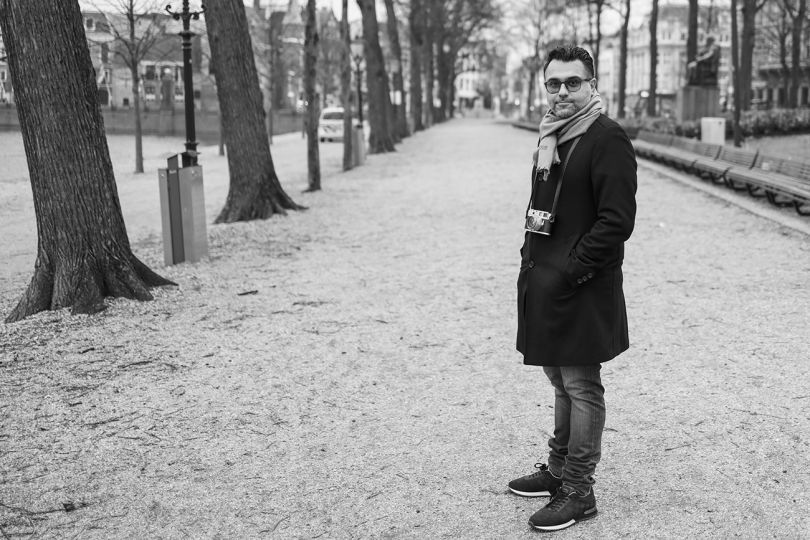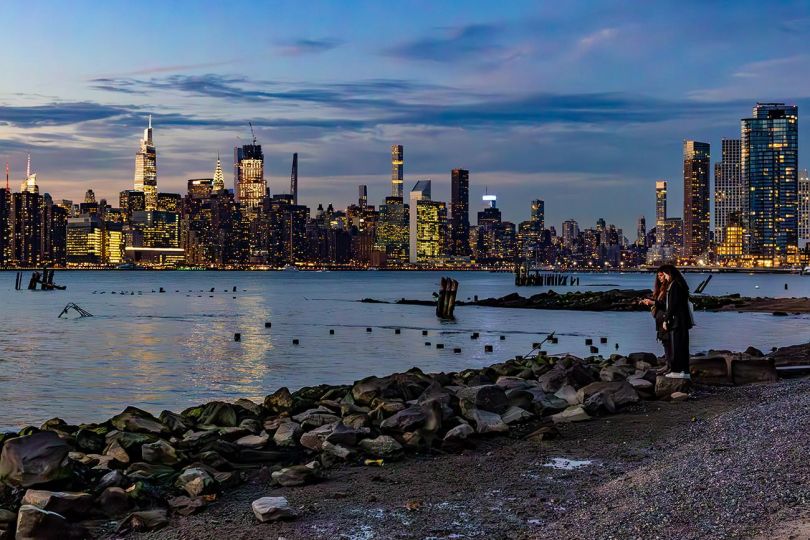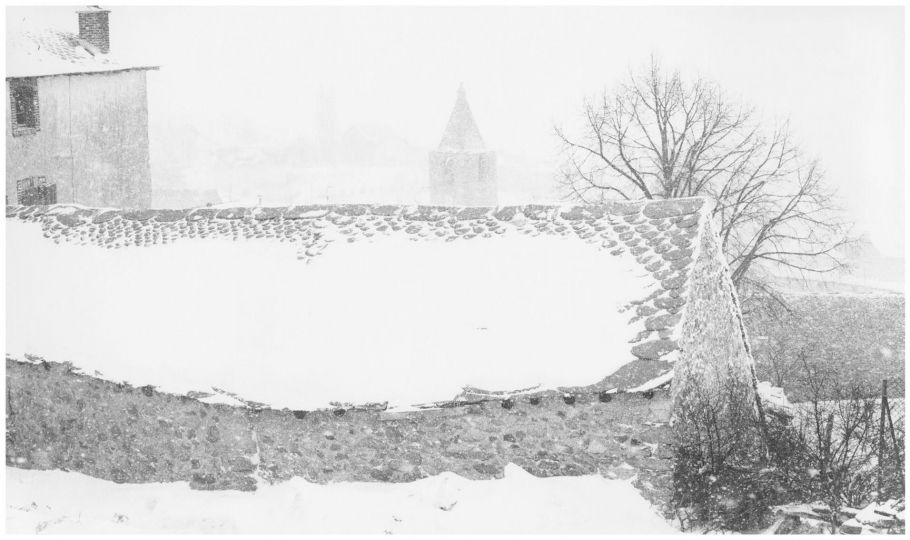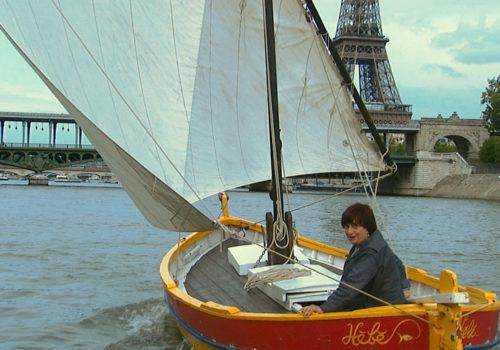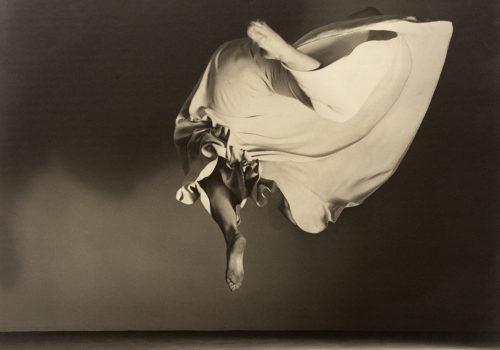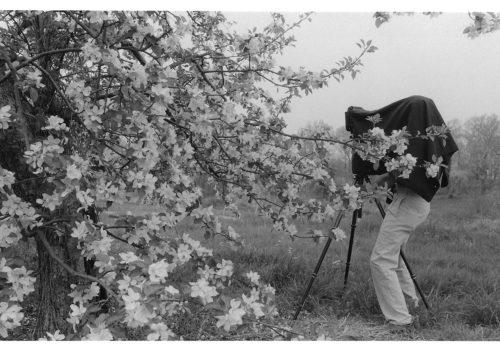This is the 41st dialogue of the Collezione Ettore Molinario. I am pleased to invite you to the booth that the Casa Museo Molinario Colombari has created for the new edition of the MIA Photo Fair, the international photography fair that opened in Milan. The theme of the 14th edition is dialogue. I couldn’t help but feel at home. I couldn’t help but imagine the most intimate and challenging dialogue, that between the West and the East.
Ettore Molinario
I have always wished to make my life an experiment, to feel and understand, to experience to the limit and gain awareness. If I think about the Casa Museo that I created together with my wife, Rossella Colombari, I think precisely of this, of a very long experiment, started thirty years ago, that today represents our world between photography, design, architecture. This is why, when Francesca Malgara, director of the MIA Photo Fair (www.miafairbnpparibas.it), invited us to take part in this event, dedicated this year to the theme of dialogue, we accepted with joy. The challenge was to imagine a booth that reproduces our home “in vitro”.
The direction of this existential laboratory is up to Rossella, she is the one who selected some pieces from her design collection and exposed them to my “reagent” par excellence, photography. And it is Rossella, again, who chose the geographical extremes of the exhibition space to better contain it and at the same time, paradoxically, to open it up beyond measure. The themes of our stand, key themes of the Casa Museo, are West and East, their encounter-clash, mutual fascination, contamination, inspiration. Among the many images on display, two faces, two opposite experiences punctuate the dialogue: on one side Hiroshi Sugimoto in his self-portrait, just entered into the collection, and on the other Steve Jobs in the historic portrait by Albert Watson, which I purchased many years ago, not only because like everyone else I consider Steve Jobs one of the absolute geniuses of our time, but because his conception of time was also fundamental to my personal and professional development. According to Albert Watson, Steve Jobs had given him an hour, no more, because he had other things to do and he hated photographers. To surprise him, Watson replied that he would portray him in just thirty minutes. Jobs just had to imagine himself in a meeting, leaning his head slightly toward four or five people who didn’t understand his strategy, even though it was the right one. « Easy, it’s what I do every day » Steve replied. Now, this burning through time, this experiencing the future and giving it a shape, when others can’t see beyond the present, I felt it deeply, and if I have to briefly define the origin of every Western neurosis, I think precisely of the constant anxiety of projecting oneself beyond the present moment because life is too short.
It’s a neurosis, mine too, and at a certain point I needed something different. I needed Hiroshi Sugimoto’s time, his contemplative gaze that had already transformed the duration of a film into the absolute light of a movie screen. Light is our story, maybe. I too try the same experiment every day and try to align my inner time with the inexorable flow of the story that contains us all. I too would like Sugimoto’s gaze, where the eyes see nothing but light because they have brought the splendour of inner peace to the surface. I try, and if I feel like I’m chomping at the bit, I think of Steve Jobs and that’s fine too.
Ettore Molinario
DISCOVER THE COLLECTION DIALOGUES
https://collezionemolinario.com/en/dialogues



